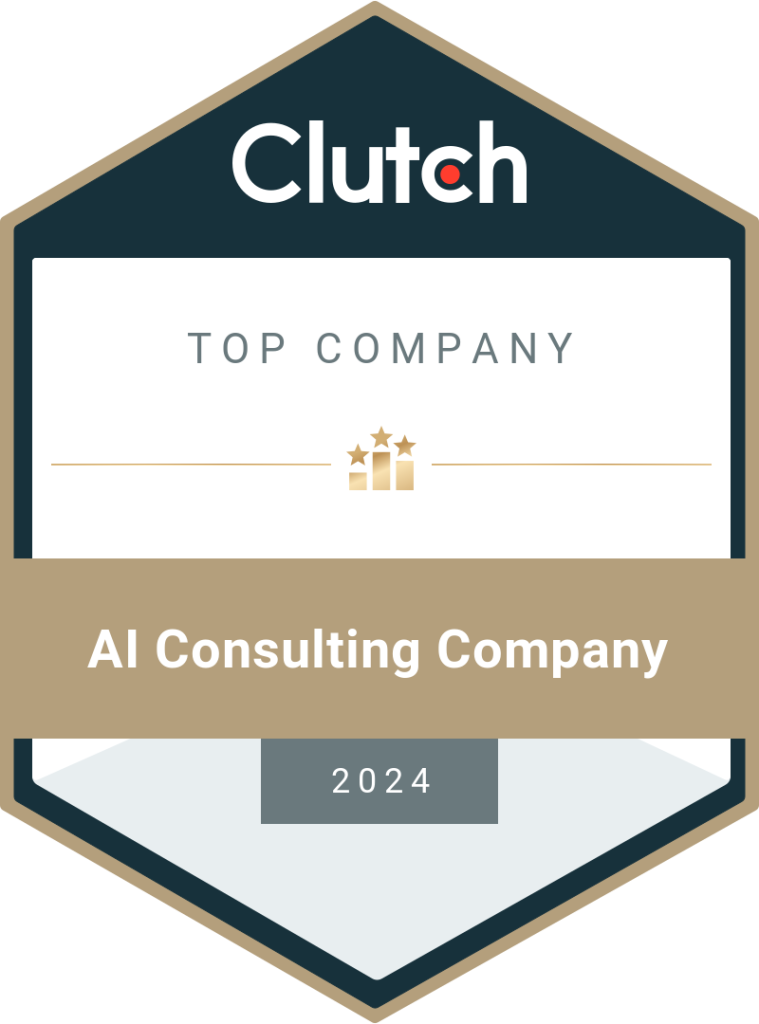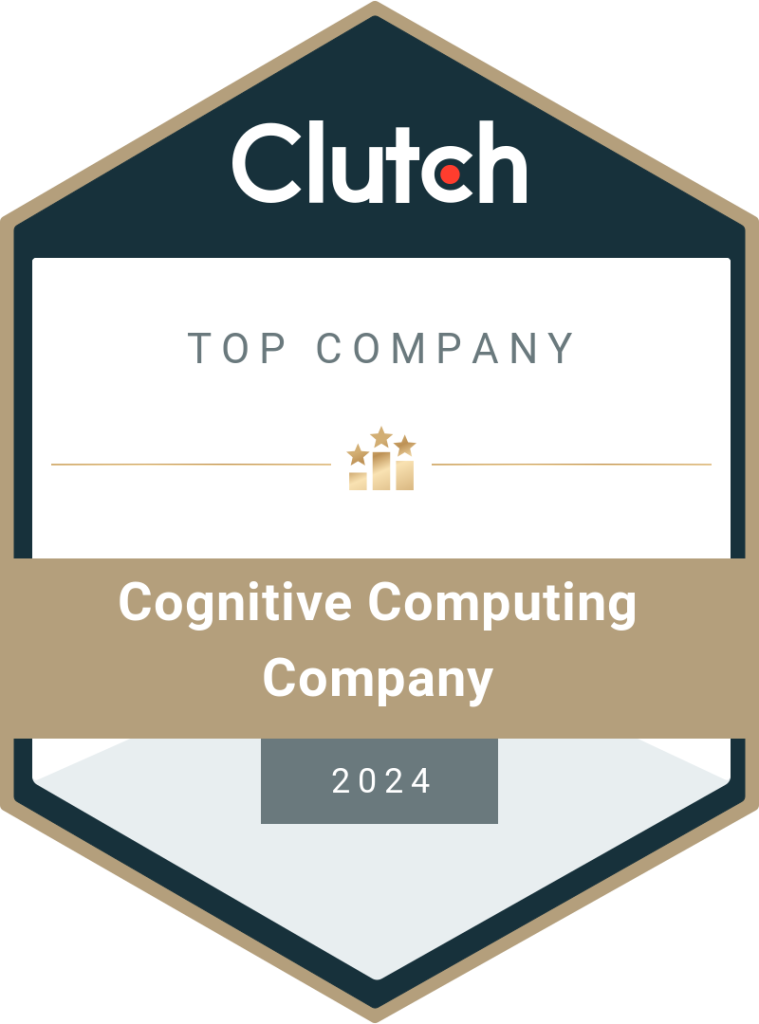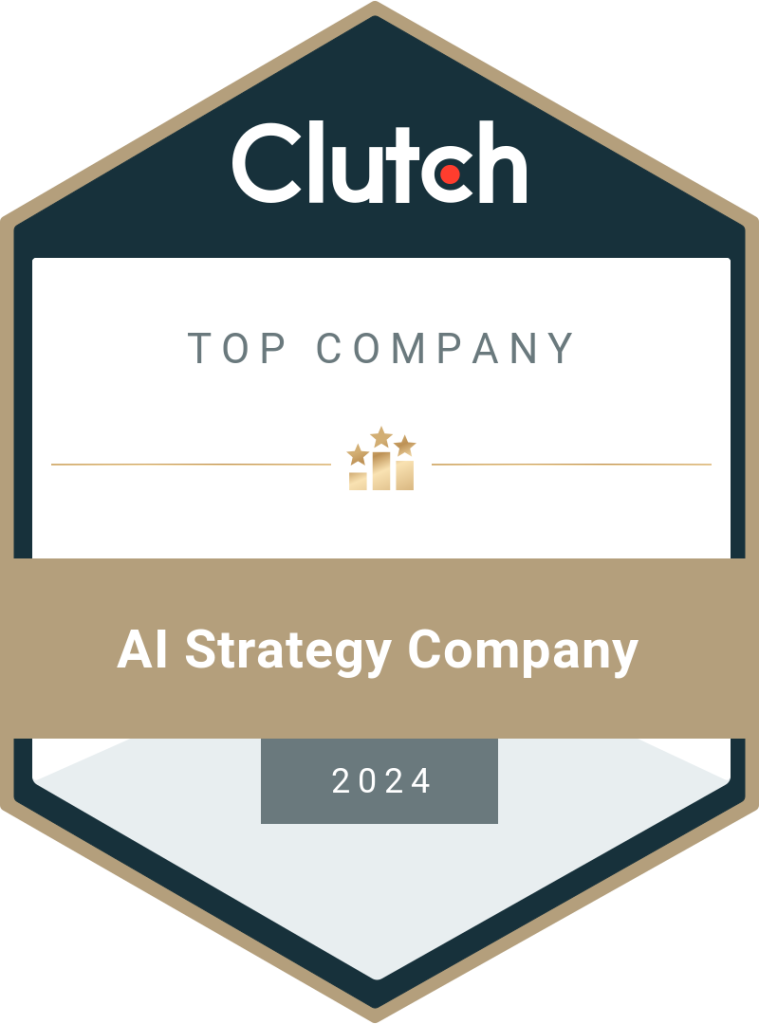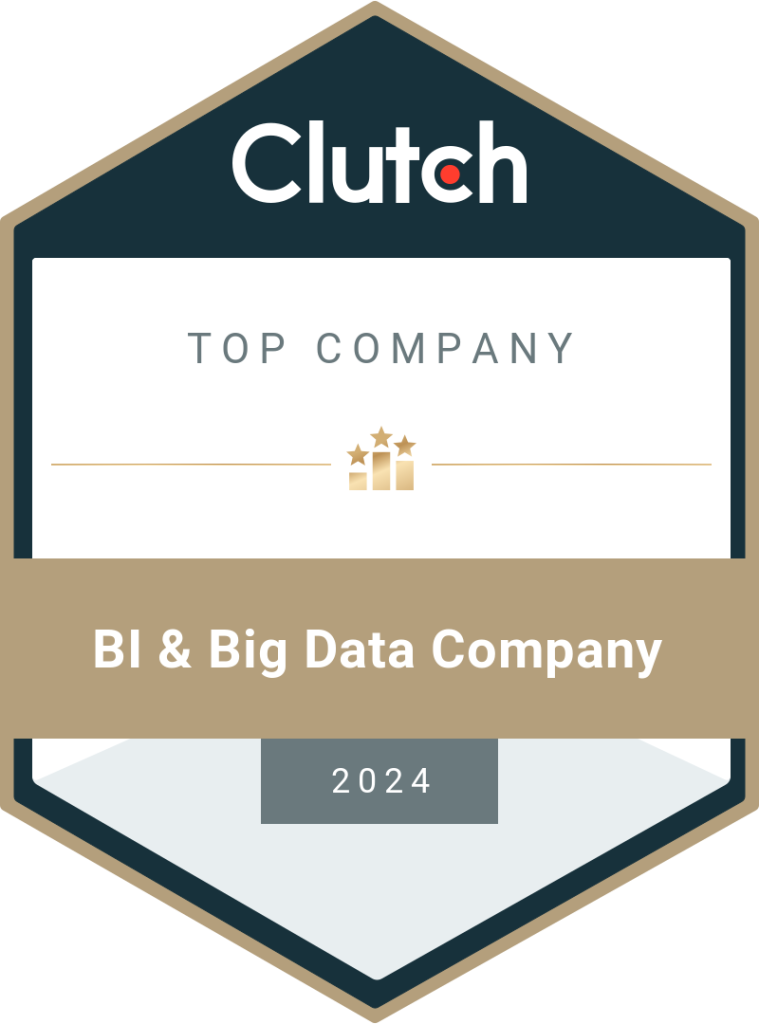Business Analytics Solutions- Key to Enterprise Growth in 2024
Managed data analytics provides comprehensive, actionable, and real-time insights for data-driven decision-making. Here, we’ll discuss the need for business analytics solutions in SMBs and large enterprises and how analytics can help an organization become successful. Business and managed data analytics solutions are now widely implemented by many business organizations and enterprises from different industries. These help companies effectively use their data to discover patterns, trends, and potential market opportunities and risks. Businesses can solve various problems by using these insights and making data-driven decisions. Statistics show that the global business intelligence market is expected to touch $54.27 billion by 2030, while the BI platform market is likely to reach $45.2 billion by the same year. Almost 50% of organizations have increased the role of business analytics compared to the pre-pandemic rate. Moreover, 33% of large enterprises have employed analysts and partnered with managed analytics companies to integrate data-driven decision-making in their establishments. There’s no denying that business analytics is the key for companies to grow in today’s market. Let’s read more about what it means, the tools used for business analytics, and how it can boost your business. What is a Business Analytics Solution? Business analytics is a set of statistical methodologies and computing technologies used for mining, processing, analyzing, and visualizing data to discover patterns, identify threats and opportunities, forecast future customer demands, and make intelligent decisions in real time. Organizations use proprietary business data and datasets from public domains (or paid databases) to run analytics and derive meaningful insights. SMBs and large enterprises work with third-party offshore companies to access managed data analytics services for cost-effective pricing. Business analytics solutions help streamline internal processes, adopt advanced technologies, reduce costs, optimize the use of resources, and gain a competitive edge in the markets. What Are The 4 Types of Business Analytics? Generally, there are four types of business analytics methodologies often used to derive varied insights from data. Descriptive analytics describes the information derived from historical datasets. It shows the company’s position for a given period. Predictive analytics is focused on the future. It predicts the outcomes for a future period by analyzing data from the past to identify recurring trends and patterns. Diagnostic analytics helps identify the root cause of a business problem by analyzing historical and real-time data. It provides answers to the what, why, how, etc. Prescriptive analytics is helpful in decision-making as analyzes historical and current data to provide a basis for making future decisions to achieve the business goals. Business Analytics Solutions Examples Managed Data analytics solutions have a diverse role in a business organization. From overcoming challenges to making strategic long-term decisions, expanding into new markets, increasing revenue, and enhancing customer satisfaction, analytical solutions can support your business on multiple levels. A few examples are listed below. Customer Segmentation Understanding your customers is the key to creating compelling marketing strategies, personalizing services, and developing better products. Business analytics can help in identifying and understanding customer behavior, purchase patterns, likes, dislikes, demographic trends, and so on. This allows the sales teams to segment customers into neat categories and create tailored campaigns for each. Customer Experience Customer experience is vital for your business to thrive in competitive markets. Business analytics for small businesses provides the necessary insights to find different ways to improve customer experience by making changes to product features, services, etc. Analytics helps in getting a 360-degree view of customers and markets so that the decision-makers can stay one step ahead of others. Better Products Your products and services play a crucial role in determining your success. Regular upgrades and new features are necessary to keep customers happy. However, you need to know what your customers want before investing in product development. Business analytics helps by finding ways to improve your products and services to suit the changing market demands. Price Optimization Managed analytics solutions are also helpful in developing a dynamic price model and optimizing the prices to attract more customers. Analyzing sales data will help identify the right price range to optimize profitability for your business. Since this has to be a continuous process, you can adjust the prices for the products and services based on market demand, competitor rates, short-term trends, etc. Operational Efficiency Operational efficiency is another important aspect of a business. With the insights provided by business analytics, you can shorten production cycles, streamline supply chains, reduce costs, identify reliable suppliers, automate recurring tasks, and improve the efficiency of the product life cycle by eliminating unwanted steps. Fraud Prevention An organization faces risks from all directions. However, using business analytics solutions can help reduce the risk through preventive measures and tackle fraudulent transactions effectively. Sales data, customer data, financial and accounting data, etc., are analyzed to highlight weak areas and potential chances of fraud. Analytics is useful in uncovering what cannot otherwise be detected by the human mind. Higher Sales Performance The ultimate goal of a business is to generate more sales and increase profitability. This requires sales and customer analytics to align your products and services, marketing strategies, and sales campaigns with customer requirements. It helps take the right message to the right audiences at the right time and through the correct channel. Benefits of Business Analytics Services Apart from the various business analytics examples discussed earlier, you can find other benefits of partnering with a managed analytics provider to strengthen your enterprise from the roots and make it future-proof. Data-Driven Insights Businesses in today’s world cannot rely on guesswork alone to make critical decisions. Data analytics can analyze large amounts of historical and real-time data to provide valuable and actionable insights that help decision-makers at all levels. This promotes strategic business growth as every decision is based on data. Competitive Edge In competitive markets, you cannot ignore other businesses from the industry, no matter your position. Be it a small business or an established global brand, you will have competitors wanting to lure your customers and capture the market share. Business analytics tools and techniques help stay ahead of your competitors by identifying market gaps, assessing risks, and determining the right course of action. Focus on Core Objectives Drifting away from your core objectives can affect your success in the long term. This can happen when you
Read More





